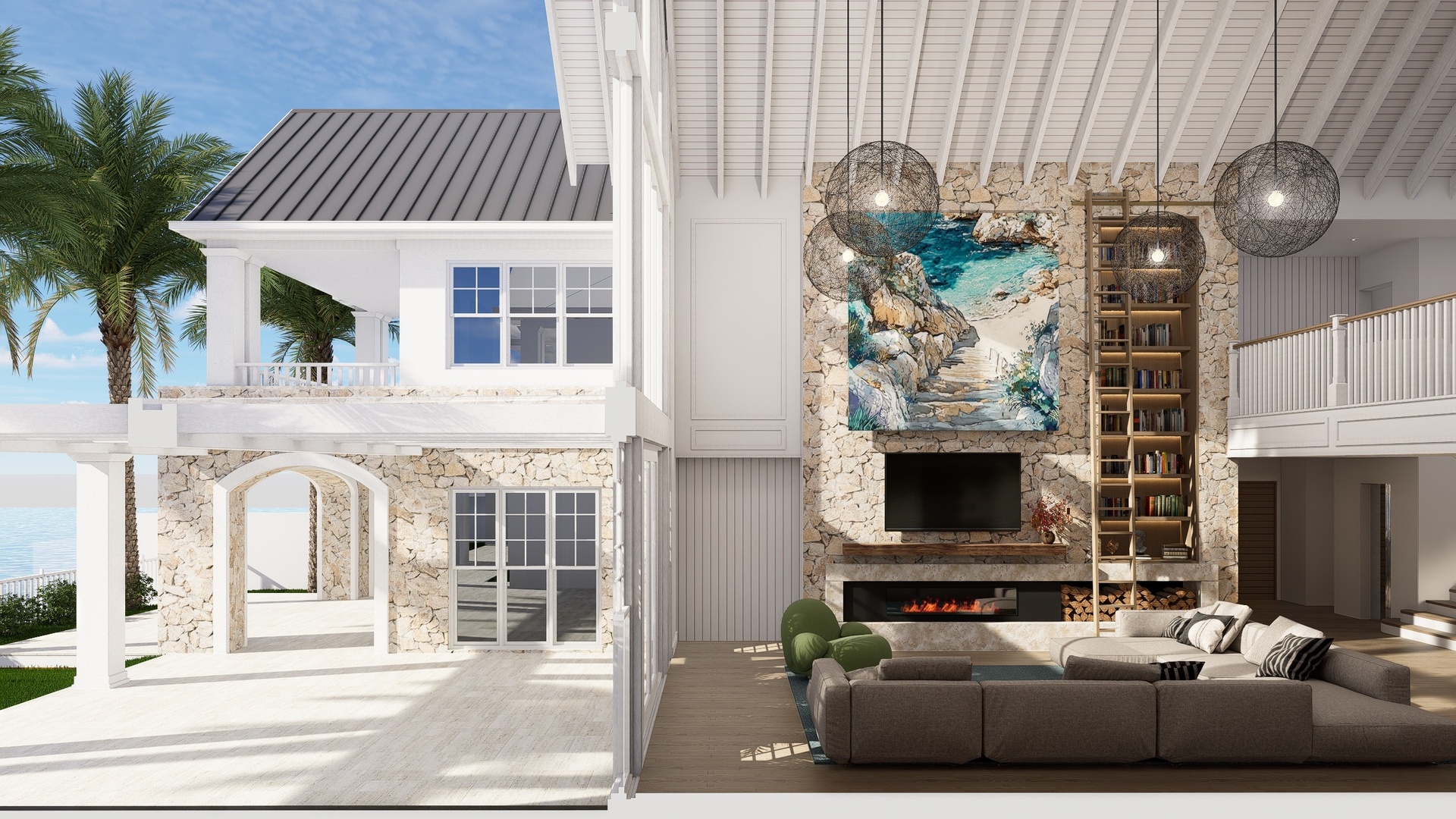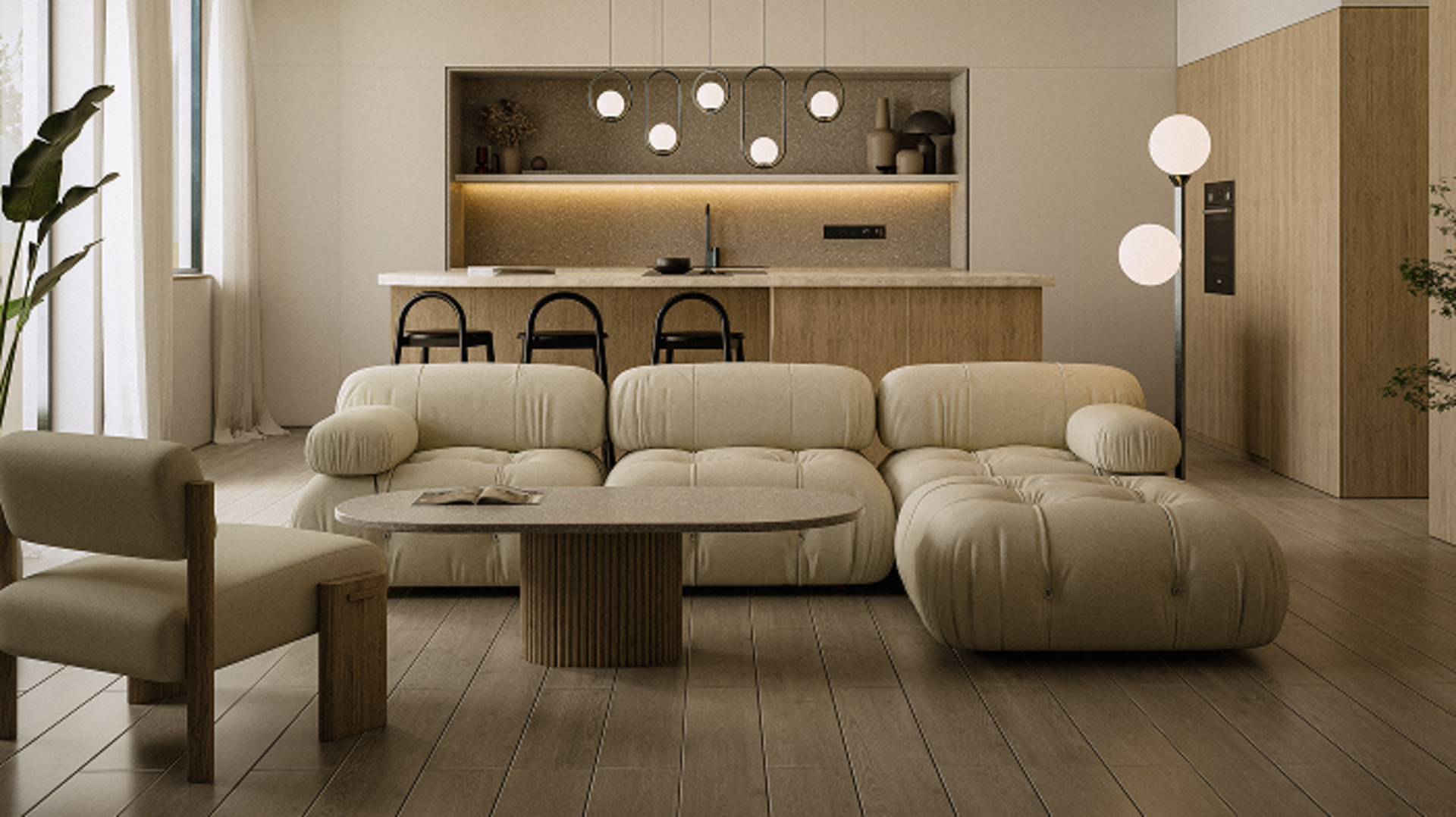Ever needed to maintain privacy without sacrificing beautiful, natural light? That's exactly where semi-transparent materials shine. In D5 Render, creating a convincing semi-transparent surface is remarkably intuitive—simply pick a transparent template, add a frosted touch, and watch light gently define silhouettes with depth. Whether you're crafting greenhouse plastic, elegant gradient glass, or decorative blocks, D5 Render delivers stunning results without the need for complex node graphs.
🚀 Key Takeaways on Creating Semi-Transparent Materials for Architectural Renders
- Semi-transparent materials offer the best of both worlds: maintaining privacy while flooding your spaces with beautiful, natural light.
- With four quick steps in D5 Render, you can build semi-transparent glass, plastic, or film that feels physically believable in real time.
- Tweaking opacity, normal maps, reflection, and roughness in D5 Render lets you fine-tune the glow, diffusion, and overall mood of your scene.
- From facades and partitions to greenhouses, gradient glass, and aerial night views, semi-transparent materials canunlock richer architectural renders.

1. Why Semi-Transparent Materials Matter
So, what makes semi-transparent materials such a powerful tool? Their magic lies in performing two functions at once: transmitting light while subtly shaping silhouettes. This unique quality is a game-changer for architectural facades, interior partitions, and product displays. Rather than appearing as a flat plane, a semi-transparent surface reads as a source of soft illumination, adding depth and atmosphere to any scene. With D5 Render, you can see this effect come to life in real time, allowing you to perfect the interaction between light and material as you create.
👉 Click to load this scene and try creating semi-transparent materials in D5 Render

2. Crafting Your Semi-Transparent Material in D5 Render: Only 4 Steps
Getting the perfect semi-transparent look in D5 Render is surprisingly intuitive. Here's a streamlined workflow to achieve it:
1️⃣ Set the Material Template
Start by selecting your target surface in D5 Render and switching its material template to "Transparent" in the Inspector panel. For a head start on frosted or textured effects, apply a ready-made material from the D5 Asset Library, many of which include a built-in normal map.

2️⃣ Turn On "Affected by Light"
This is the key step! Navigate to Inspector > Opacity and enable "Affected by Light" in the advanced settings. This enables true semi-transparent behavior—letting light pass through while softly shaping silhouettes behind the surface.

As you adjust it, orbit the camera and watch D5's real-time preview closely, viewing the material from different angles helps you judge how convincingly the material diffuses light.

3️⃣ Dial In Opacity and Surface Texture
Lower the Opacity value to control how transparent the material appears. But go gradually here: small changes can have a big impact, and reducing opacity too aggressively can make the surface look washed out.
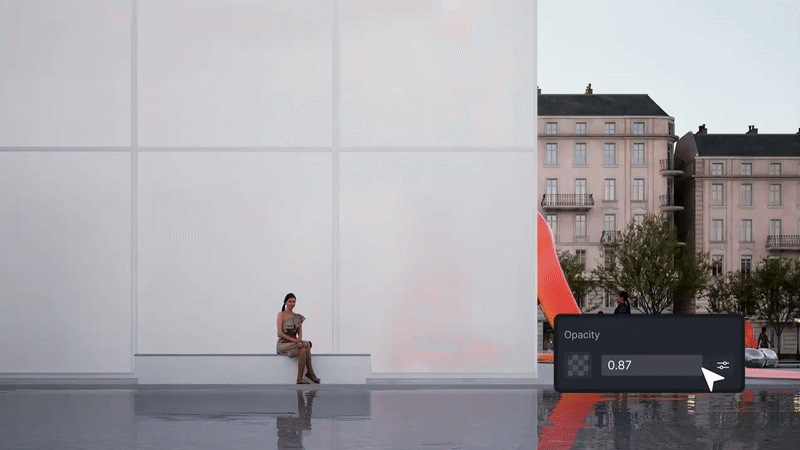
Then, refine the Normal Map slider to introduce just enough micro-texture to scatter light. Start from a low-to-mid value and slowly drag the slider to the right if you want a stronger frosted effect—surface details become more pronounced, highlights soften, and the objects behind will appear more blurred and diffused.
If things start to look a bit grainy or shapes behind it get lost, simply ease back to the left. Our goal is a sweet spot—enough texture to break up hard edges, but not so much that you lose the forms behind it. It's all about finding that delicate balance for a truly convincing effect.

4️⃣ Balance Reflection, Roughness, and Color
Finally, fine-tune the finish in the Inspector. Here are a few pro tips:
- A reliable recipe is to pair moderate Reflection with higher Roughness—this yields soft, controlled highlights instead of a harsh mirror-like look.
- Use a subtle Base Color tint to set the mood: cool tones feel crisp and contemporary, while warm tints add a more welcoming, atmospheric quality.
- To validate your settings, place objects like plants, furniture, light sources, or silhouettes behind the surface and observe how clearly—or softly—they read through it. Stick to low saturation for architectural authenticity.
- Use D5 Render's real-time feedback to iterate quickly until the diffusion, glow, and overall mood align with your design intent.

These small adjustments ensure your semi-transparent creations are not only beautiful but also efficiently crafted.

3. Unlock Creativity: Versatile Uses for Semi-Transparent Materials in Design
The beauty of semi-transparent materials is their incredible versatility. Once you've mastered the basics in D5 Render, you can apply them to bring realism and mood to all sorts of scenes. Here are a few use cases beyond standard facades:
- Greenhouse Plastics: Achieve a believable, light-diffusing film by combining moderate opacity with a slightly higher roughness value. It's perfect for agricultural or botanical settings.
- Gradient Glass Sheets: Simulate sophisticated panels for lobbies and retail spaces by subtly blending color tints and varying the roughness across the surface.
- Decorative Glass Blocks: Create stunning, luminous walls by applying a pronounced normal map for texture and setting a mid-range opacity. They truly come alive under grazing light.
- Aerial Night Views: Add a layer of visual intrigue to master plans by using semi-transparent materials on rooftops and canopies, giving them a soft, warm glow that beautifully defines massing.
These are just starting points—we love seeing more users use D5 Render to push their creativity further.

4. Conclusion: Unlock Stunning Renders withSemi-Transparent Materials in D5 Render
As you can see, semi-transparent materials are the secret ingredient for adding both mood and realism to your architectural renders. With D5 Render's intuitive workflow, you can master this powerful effect in just a few clicks—no complex node graphs required.
Go ahead and fire up D5 Render to experiment with these techniques on your next project! We can't wait to see the stunning, light-filled scenes you create.
👉 Click to load this scene and try creating semi-transparent materials in D5 Render

Keep Exploring: Glass & Special Material Tips in D5 Render
How to Render Glass Materials?
Master Realistic Water Caustics in D5 Render
How to Create Ultra-Realistic Metal Textures in D5 Render?
How to Better Landscape Render with Water Particles in D5?
How to Create a Detailed Rendering with Decals in D5 Render?
Glass Rendering Tips with D5 Render for Realistic Architectural Visualization
How to Achieve Realistic Velvet Material in D5 Render: From Basics to Advanced
FAQ — Practical Questions Architects Ask About Semi-Transparent Renders
Q. How can I keep privacy in my 3D interiors without losing natural light?
Use semi-transparent materials like frosted glass or textured plastic instead of fully opaque walls. They soften silhouettes but still let daylight through, which feels much more realistic in architectural renders. Tools like D5 Rendermake this easy: you can switch to a transparent template, add a frosted effect in one click, and preview the light behavior in real time.
Q. What's the easiest way to create semi-transparent glass for architectural renders?
If you don't want to fight complex node graphs, look for a renderer with ready-made transparent templates and real-time feedback. D5 Render is a great choice: you can create semi-transparent materials for stunning architectural renders with just one click—simply switch to a Transparent material template.
Q. Why do my semi-transparent materials look flat or fake in renders?
Flat results usually come from using pure opacity without proper light interaction or surface texture. You need subtle normal maps to scatter light and the right balance of reflection and roughness. In D5 Render, turning on "Affected by Light" and adding a gentle frosted normal map instantly helps glass read as glowing, layered material instead of a simple tinted plane.
Q. Which settings matter most for realistic semi-transparent materials?
Focus on four things: opacity, normal map intensity, roughness, and reflection. Opacity controls how much you see through; normal maps add the micro-frosting that scatters light; roughness softens highlights; reflection keeps the material feeling like glass, not plastic. Our D5 Render workflow groups all of this into a simple inspector panel, so you can refine the look in just a few steps.
Q. Can I use semi-transparent materials for greenhouses, canopies, or gradient panels?
Absolutely. Semi-transparent materials are perfect for greenhouse films, rooftop canopies, light wells, and gradient lobby glass. By mixing different opacity levels, roughness, and subtle color tints, you can create diffused daylight and a rich atmosphere. In D5 Render, you can reuse one semi-transparent setup across multiple assets, fine-tuning each use case while still keeping a fast, real-time workflow.
Q. Is there a renderer that makes semi-transparent materials quick to set up?
Absolutely. D5 Render is designed for one-click, visually driven material editing rather than complex node graphs. For semi-transparent materials, you can start from a transparent template, enable realistic light interaction, and adjust a few intuitive sliders for opacity, texture, and color.






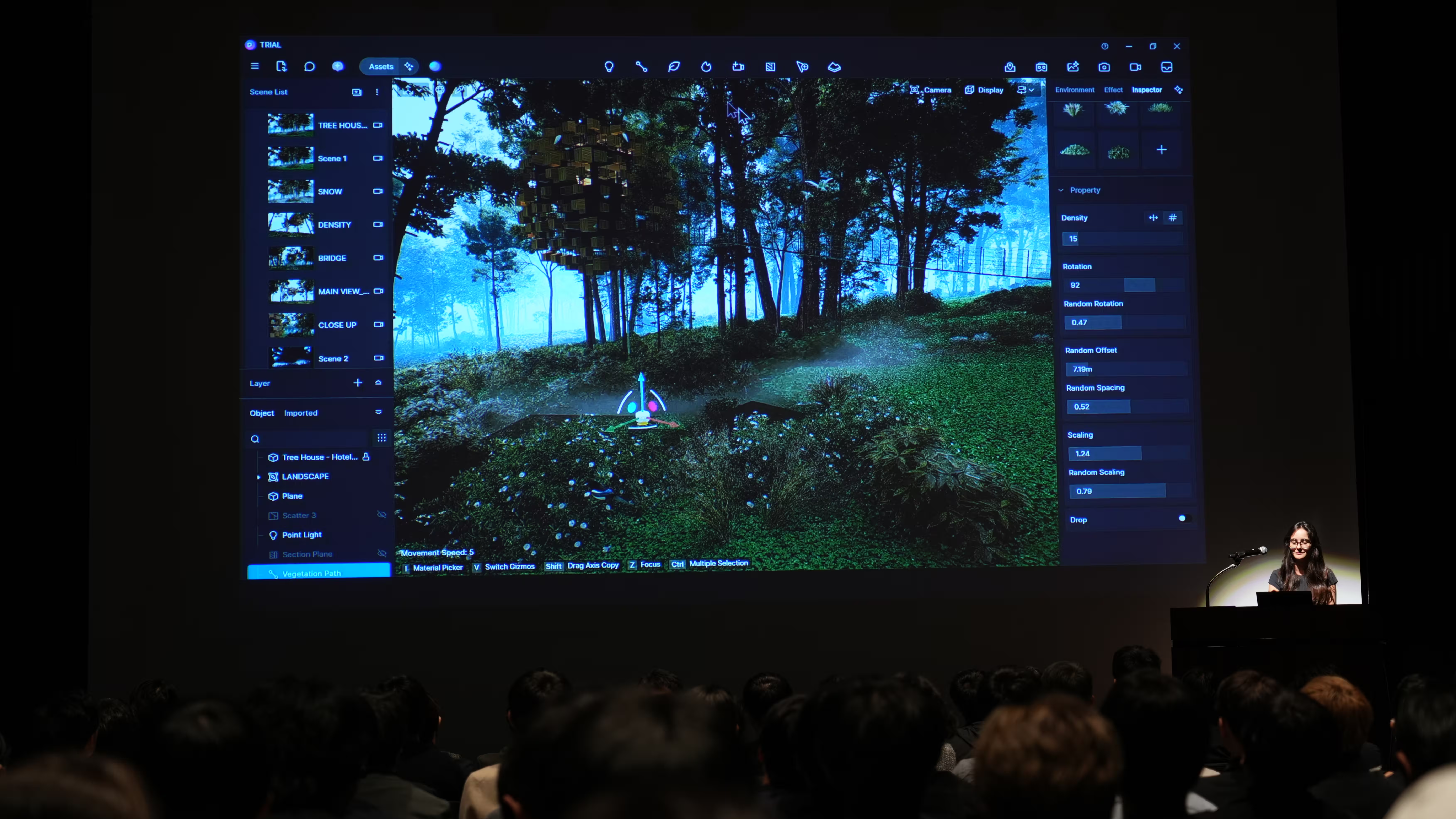
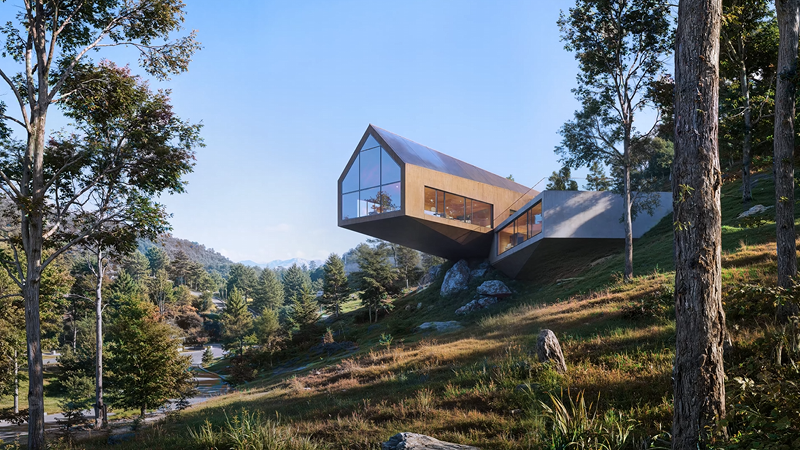
%20(1).png)
.png)

.png)

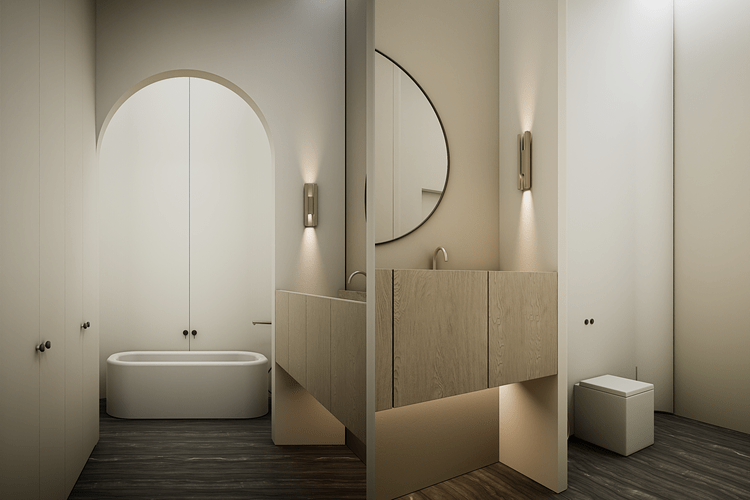
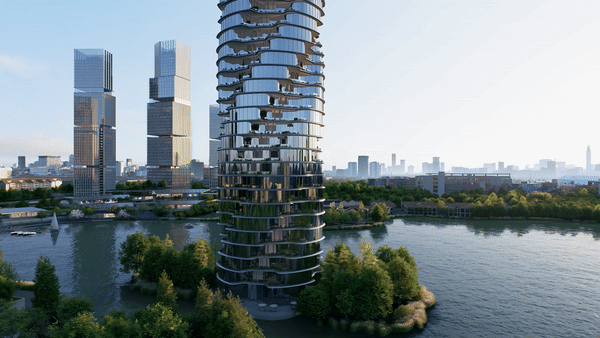
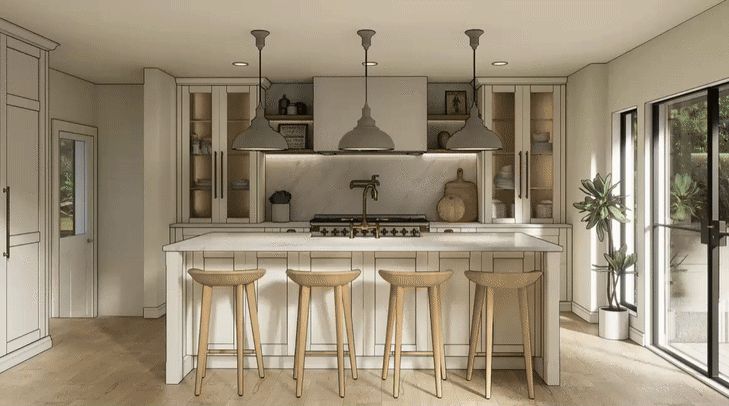
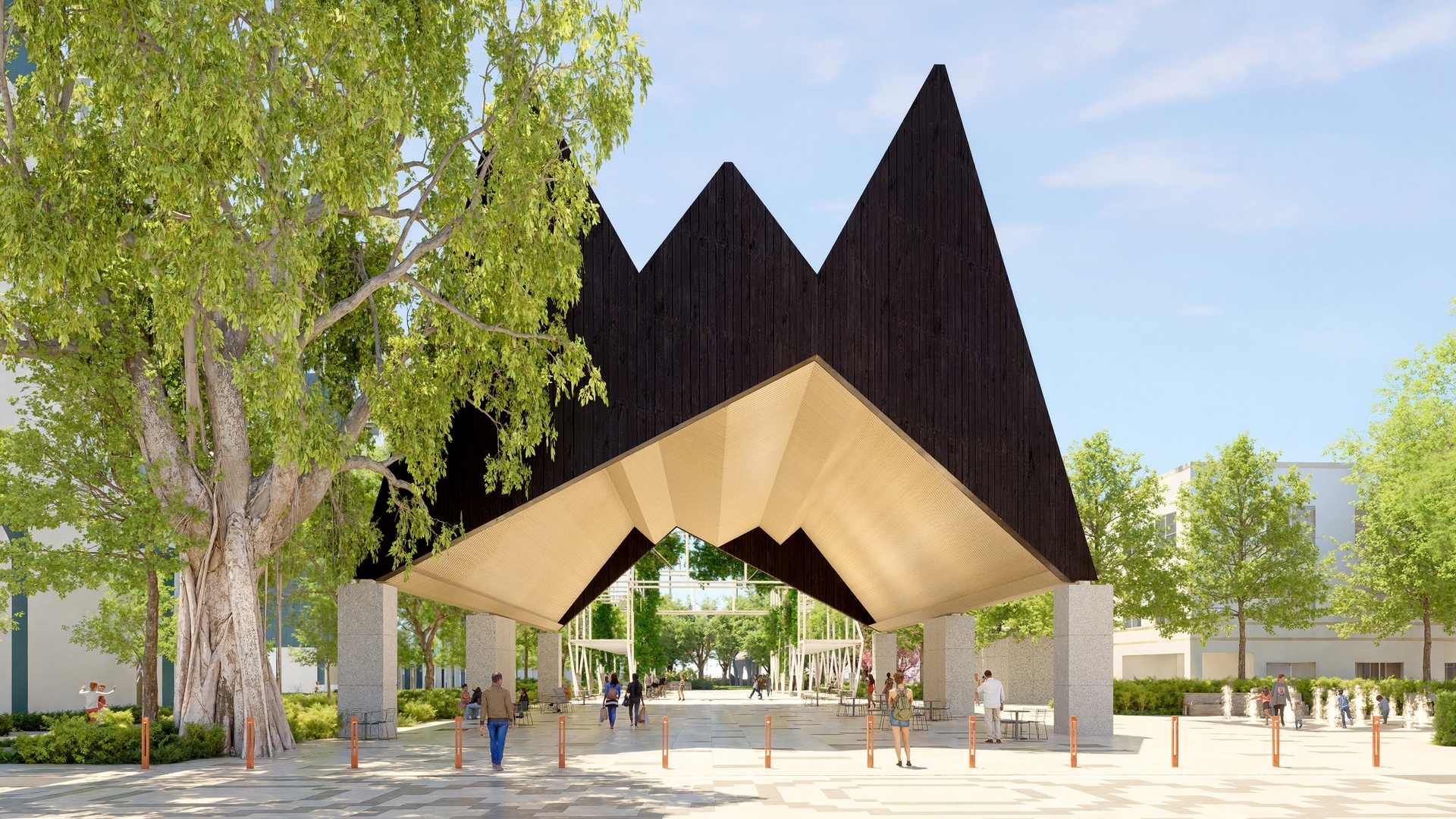
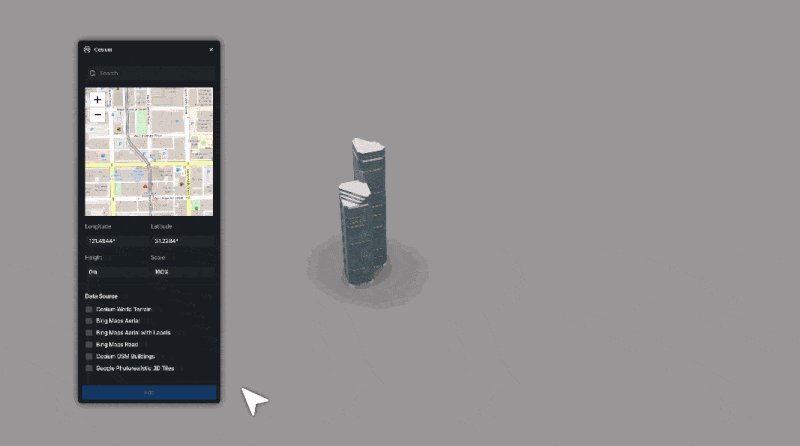




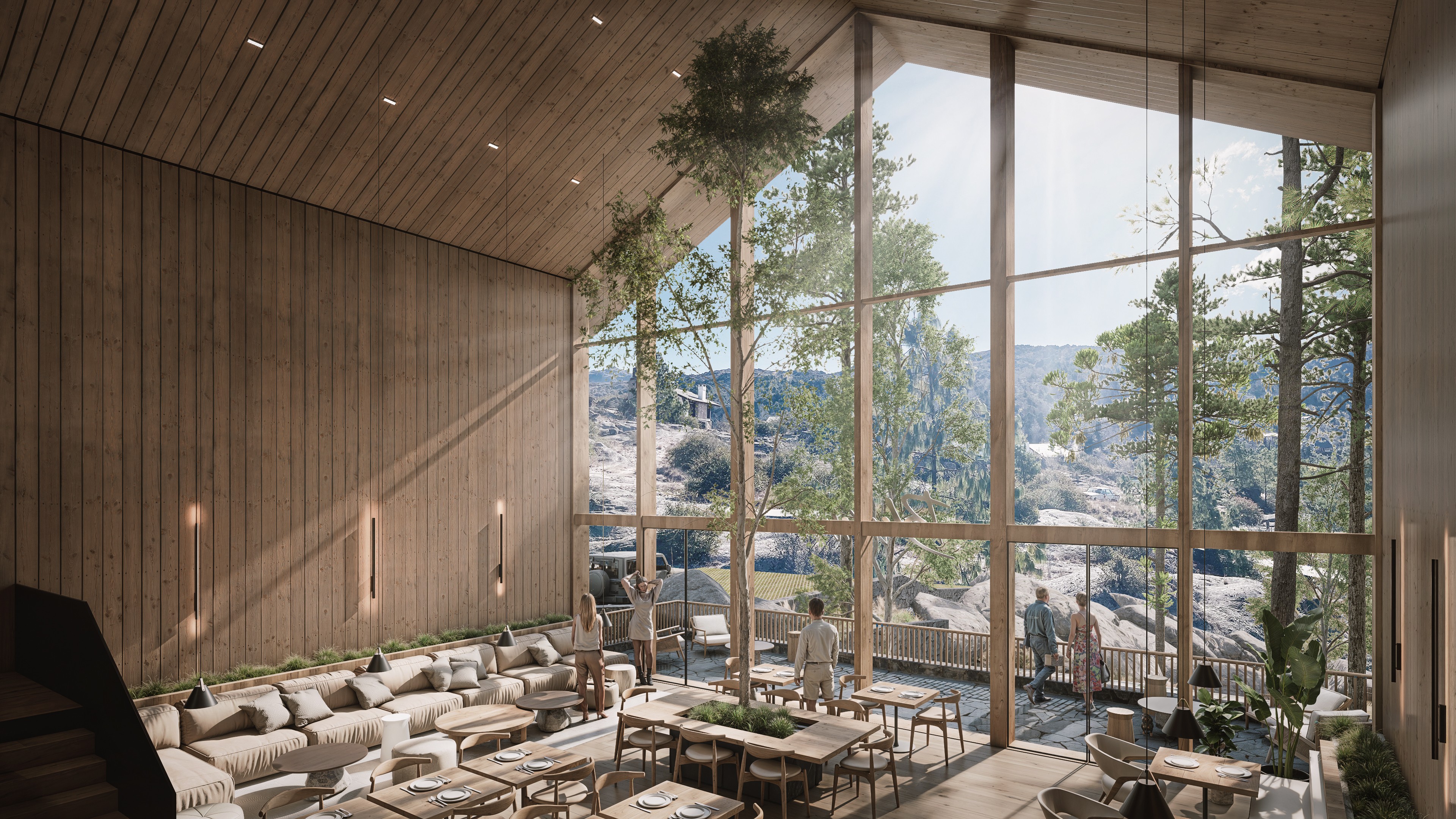







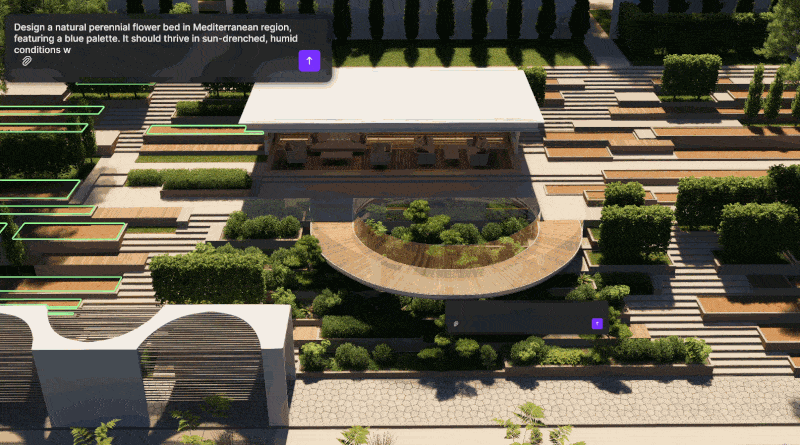
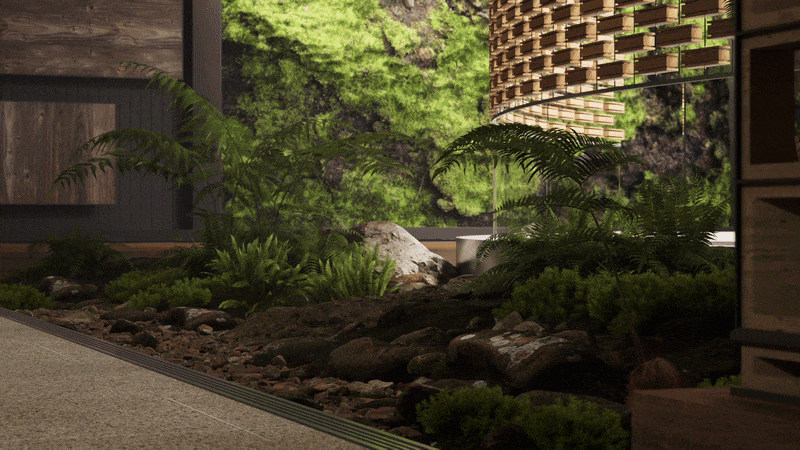

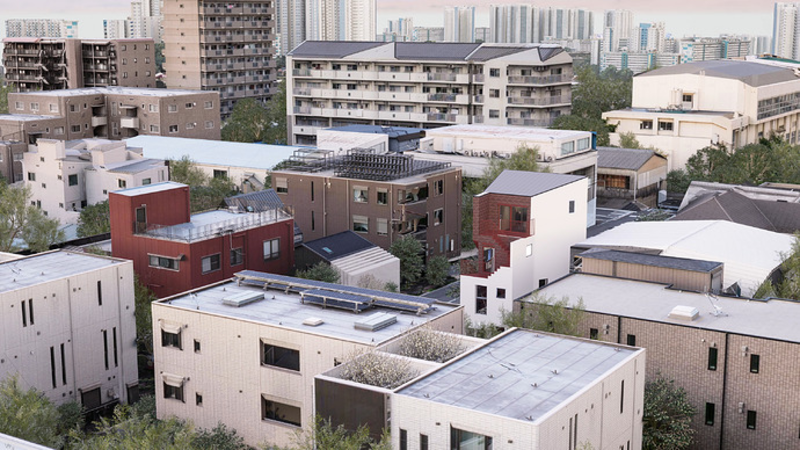
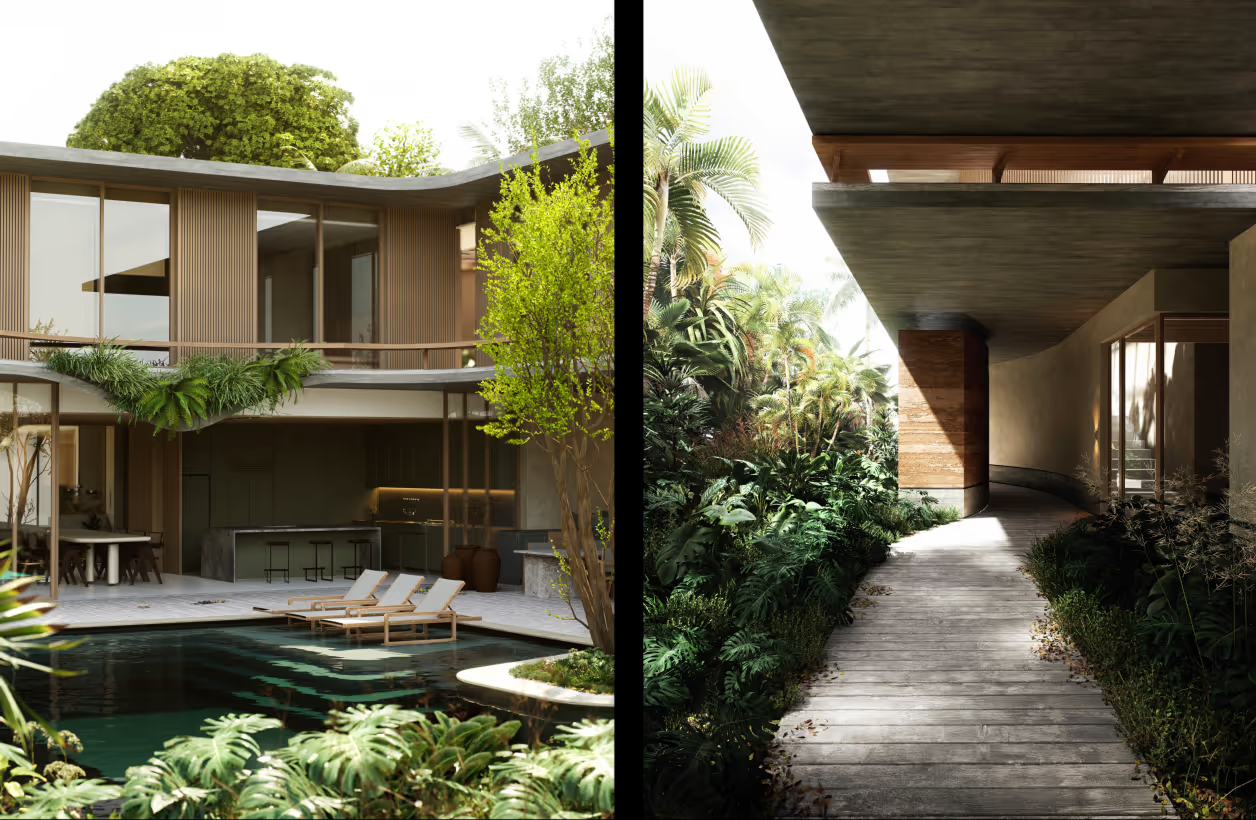
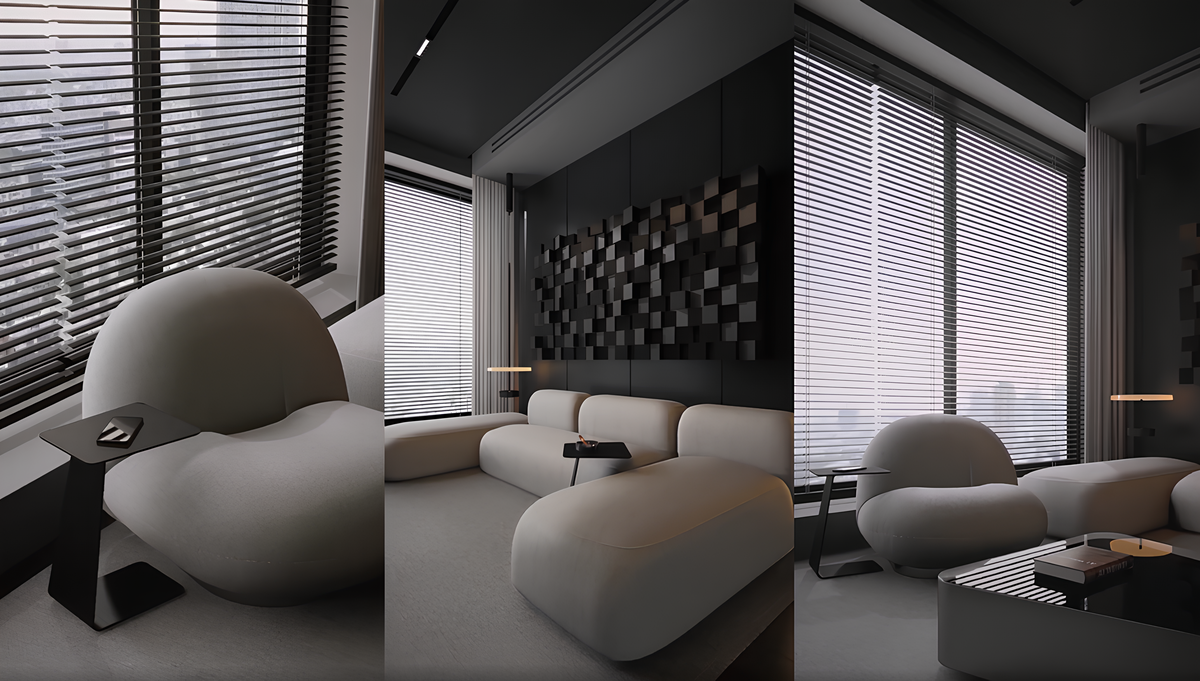

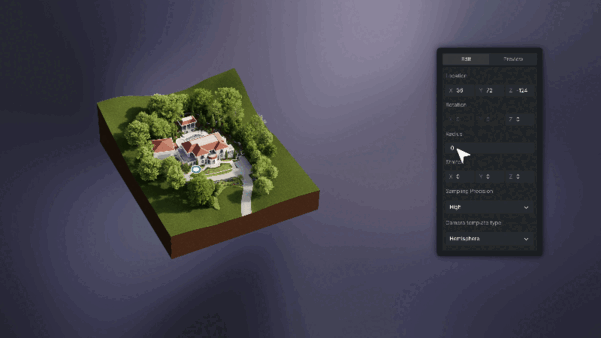
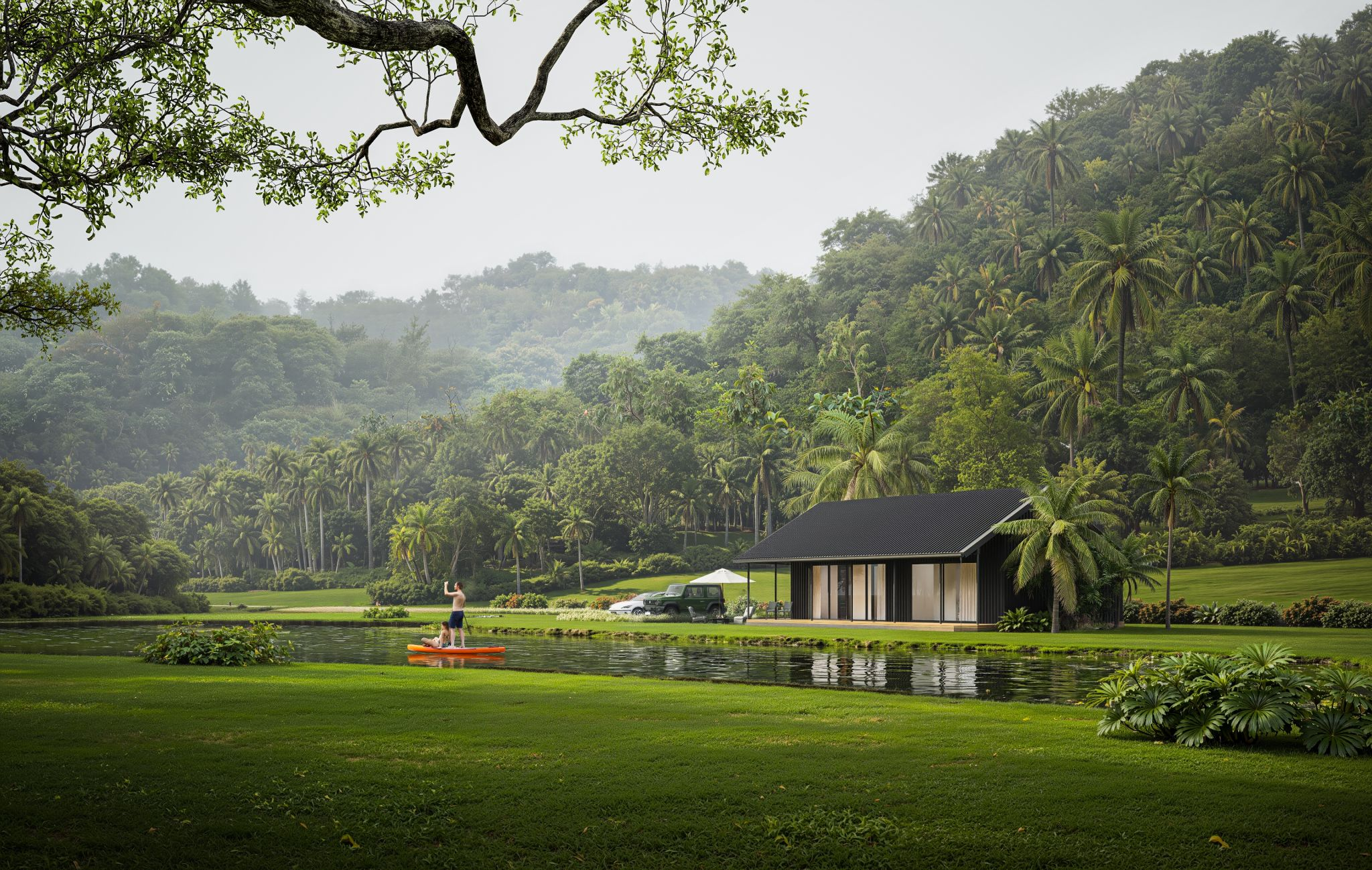
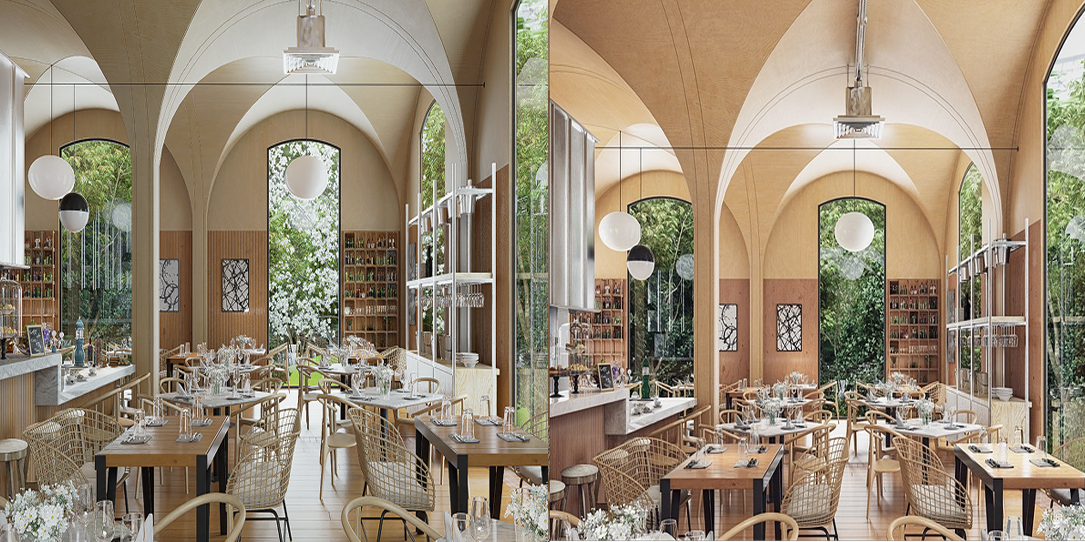
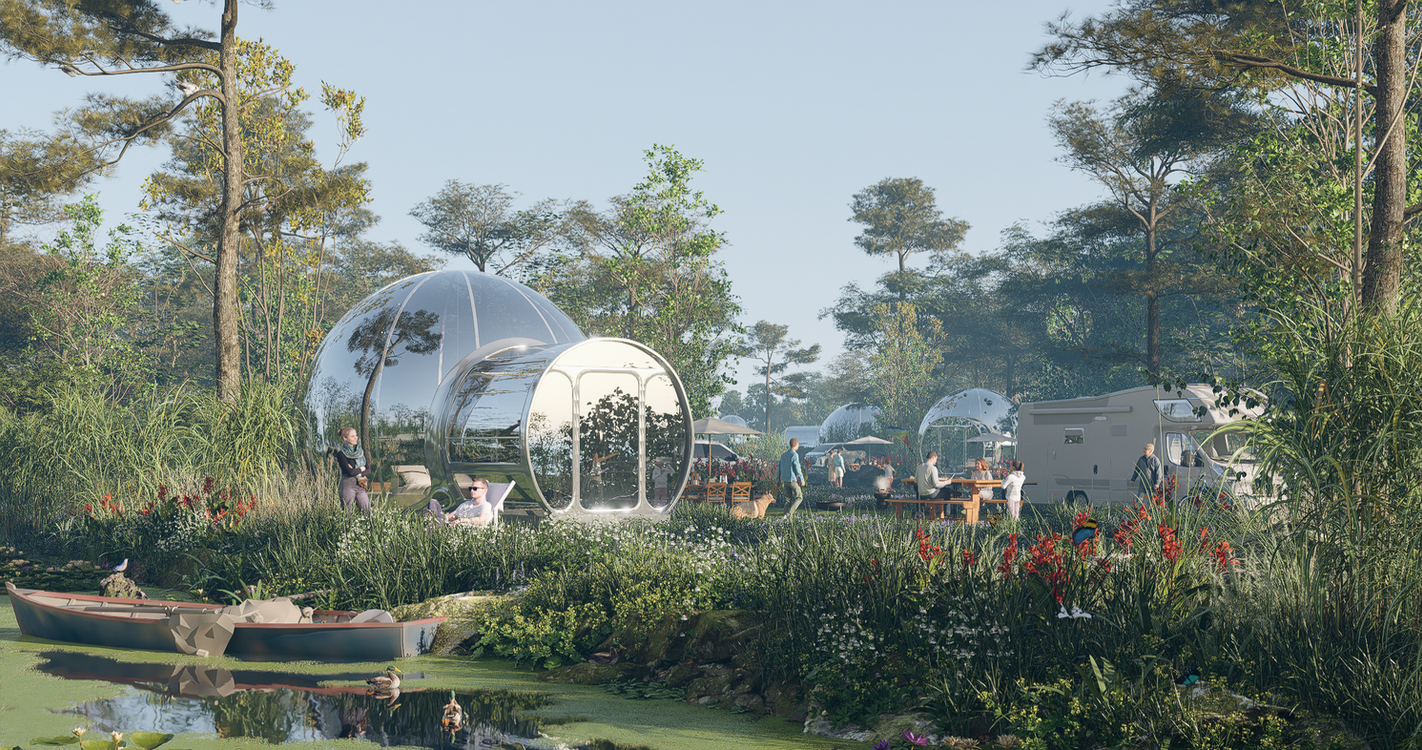

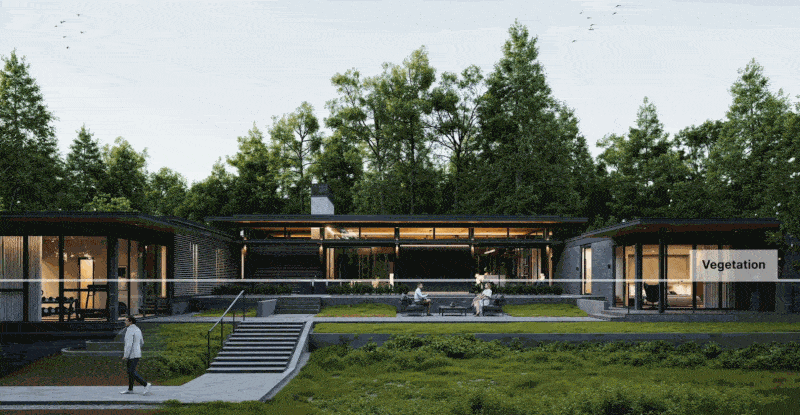


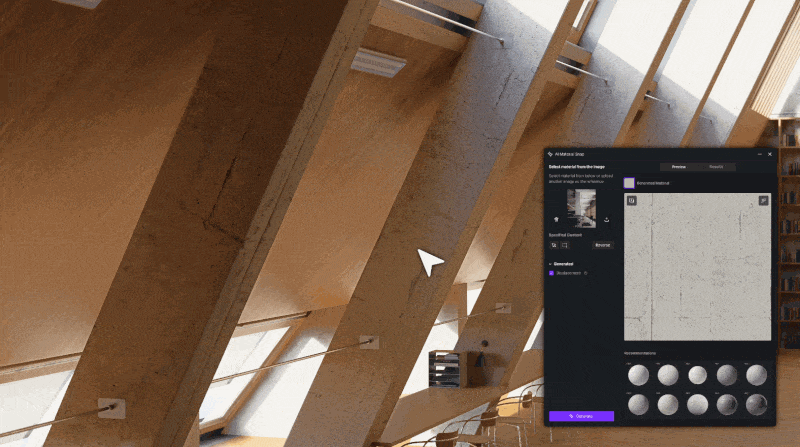
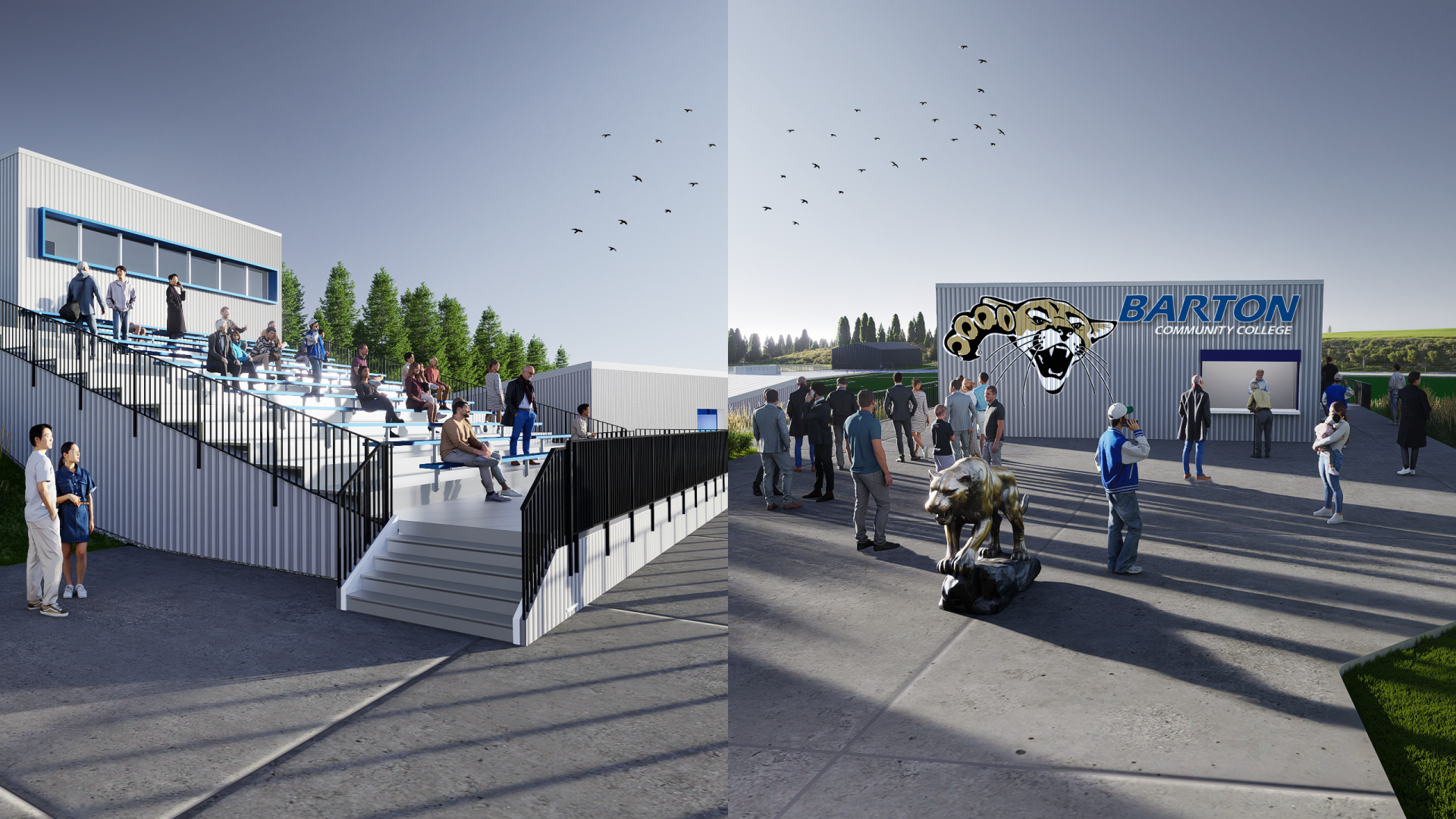
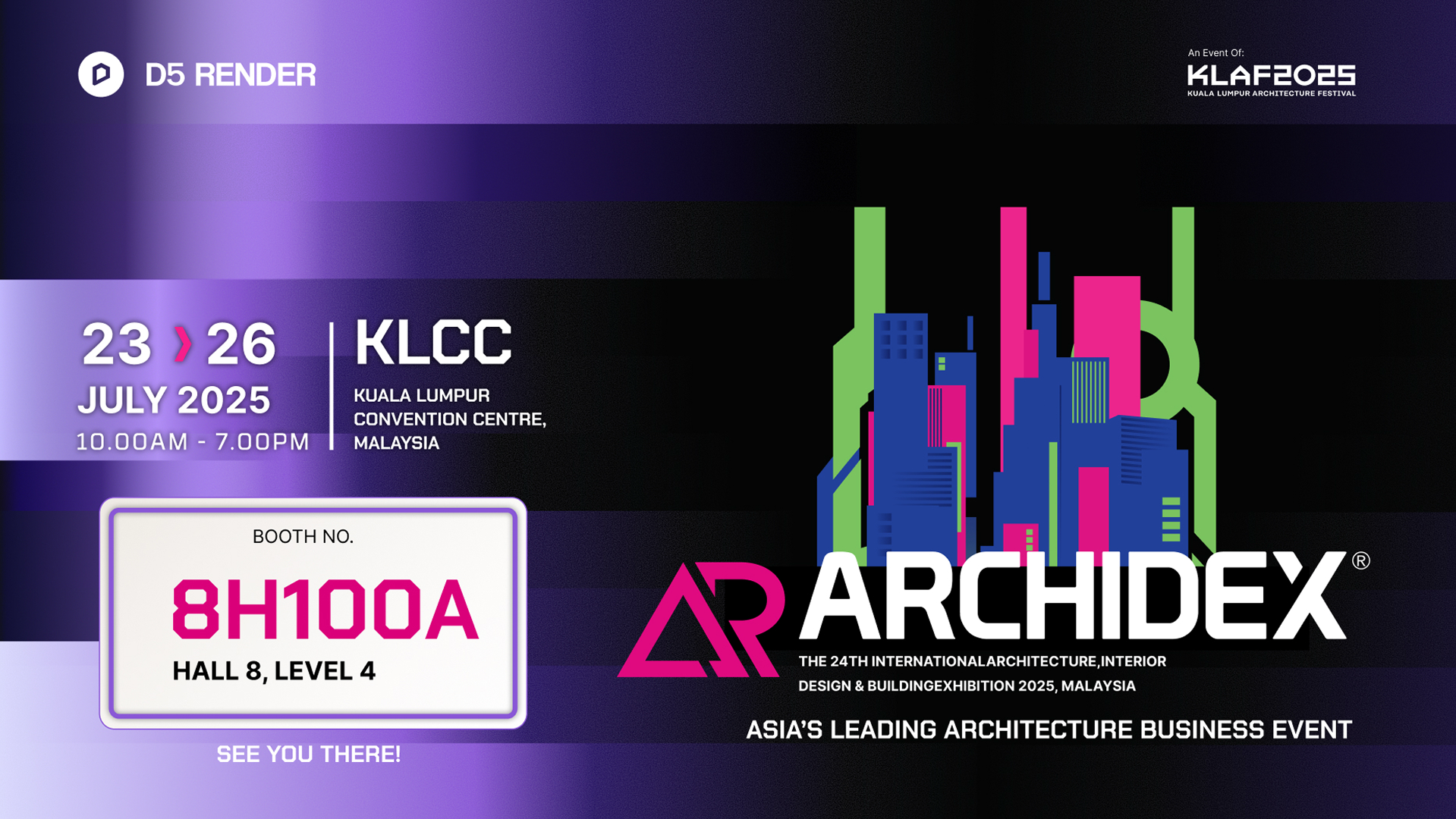
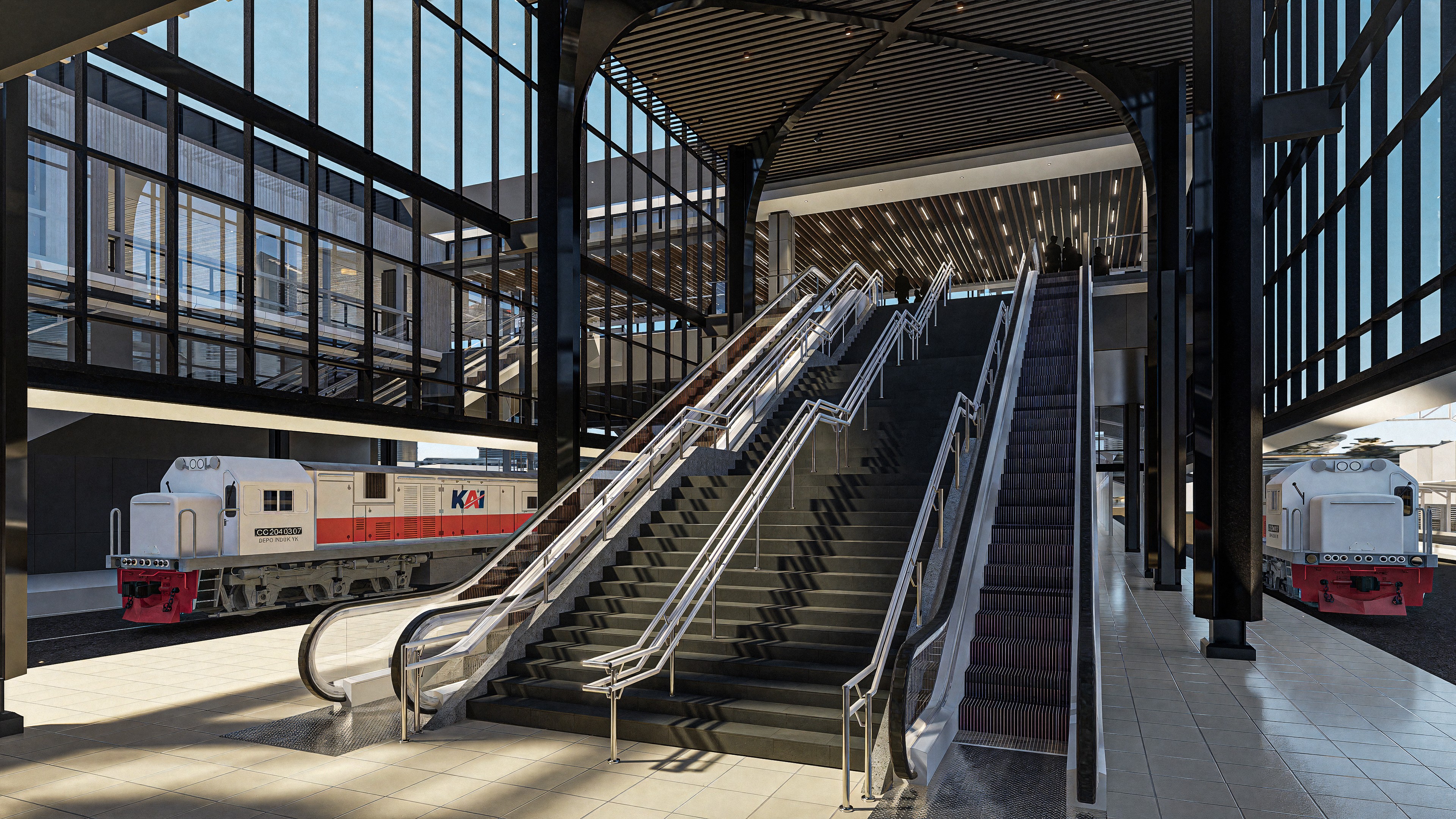
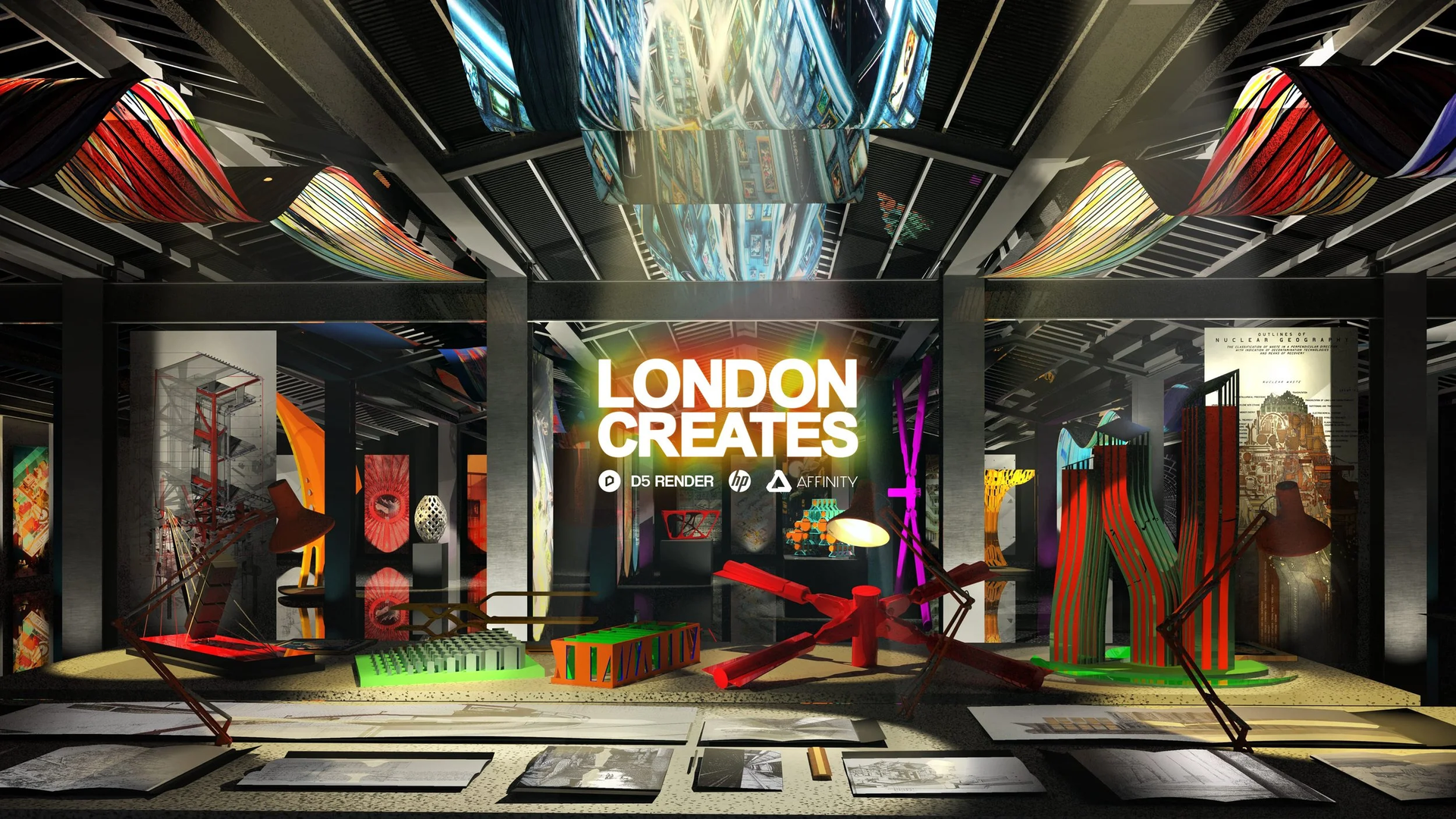



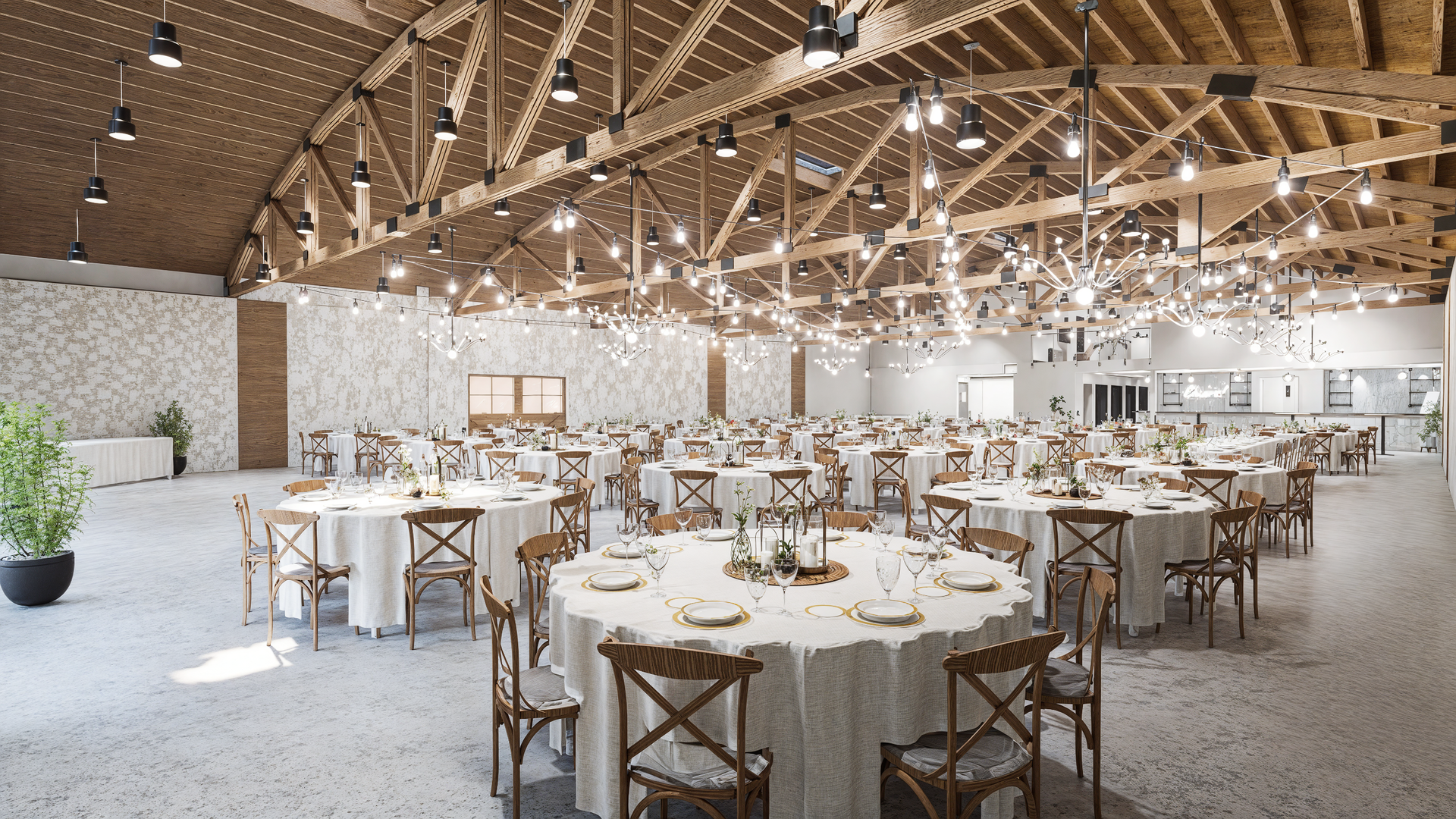
.png)

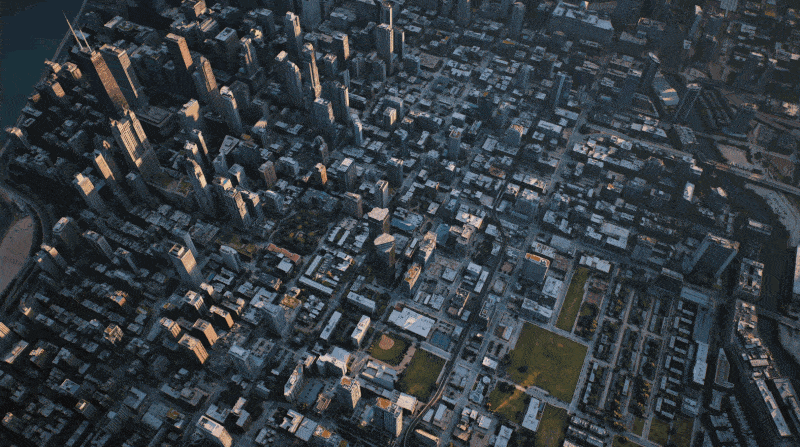
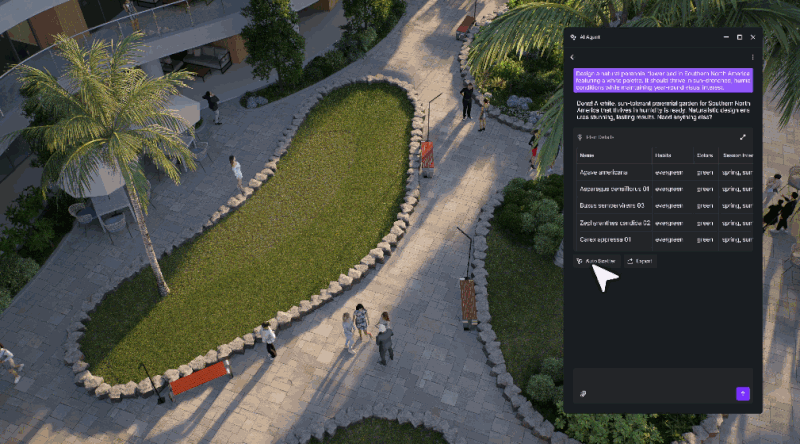



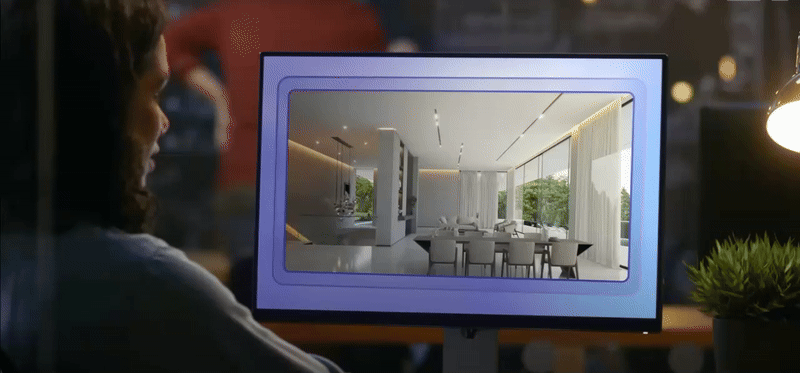








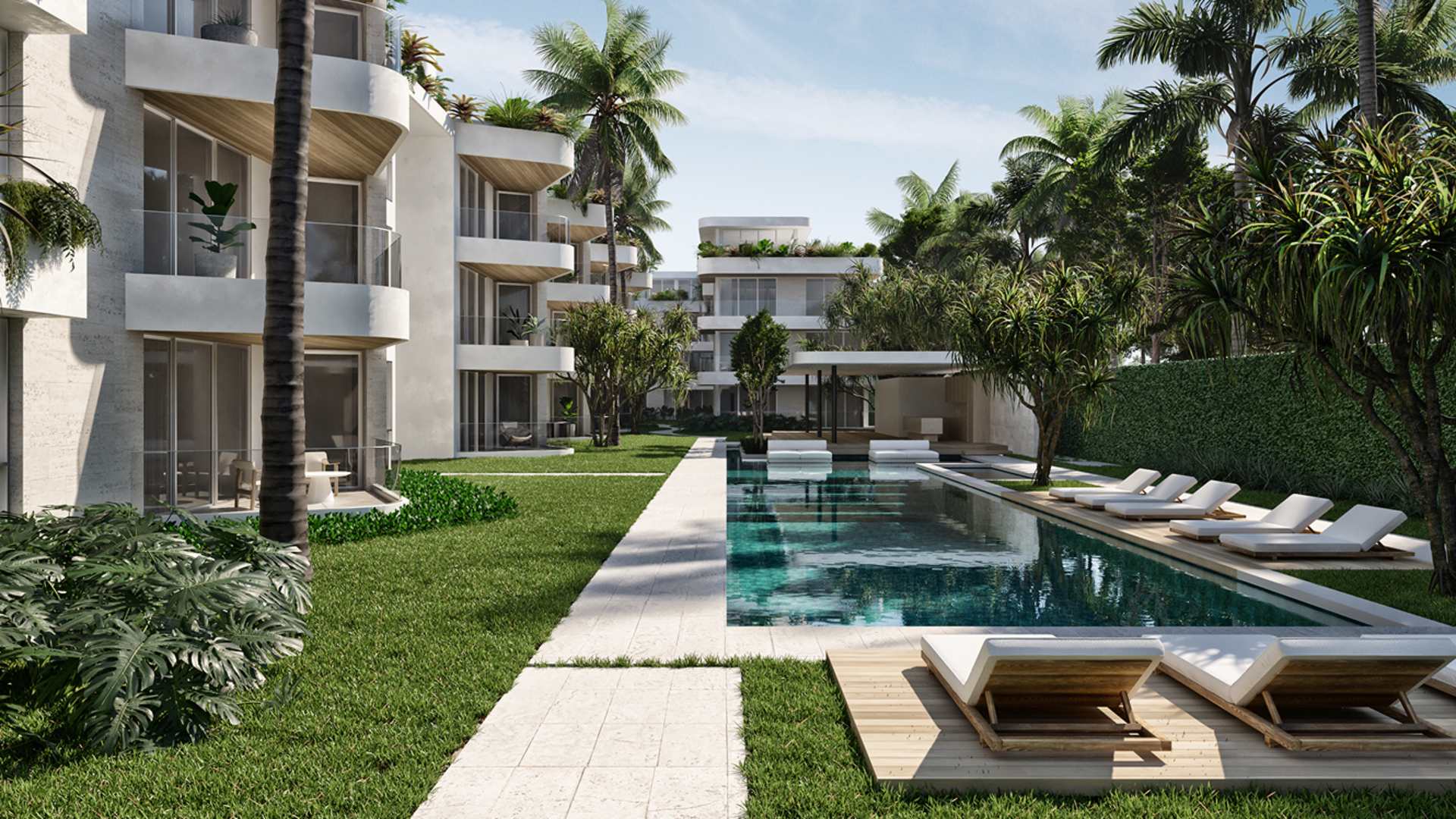





.png)

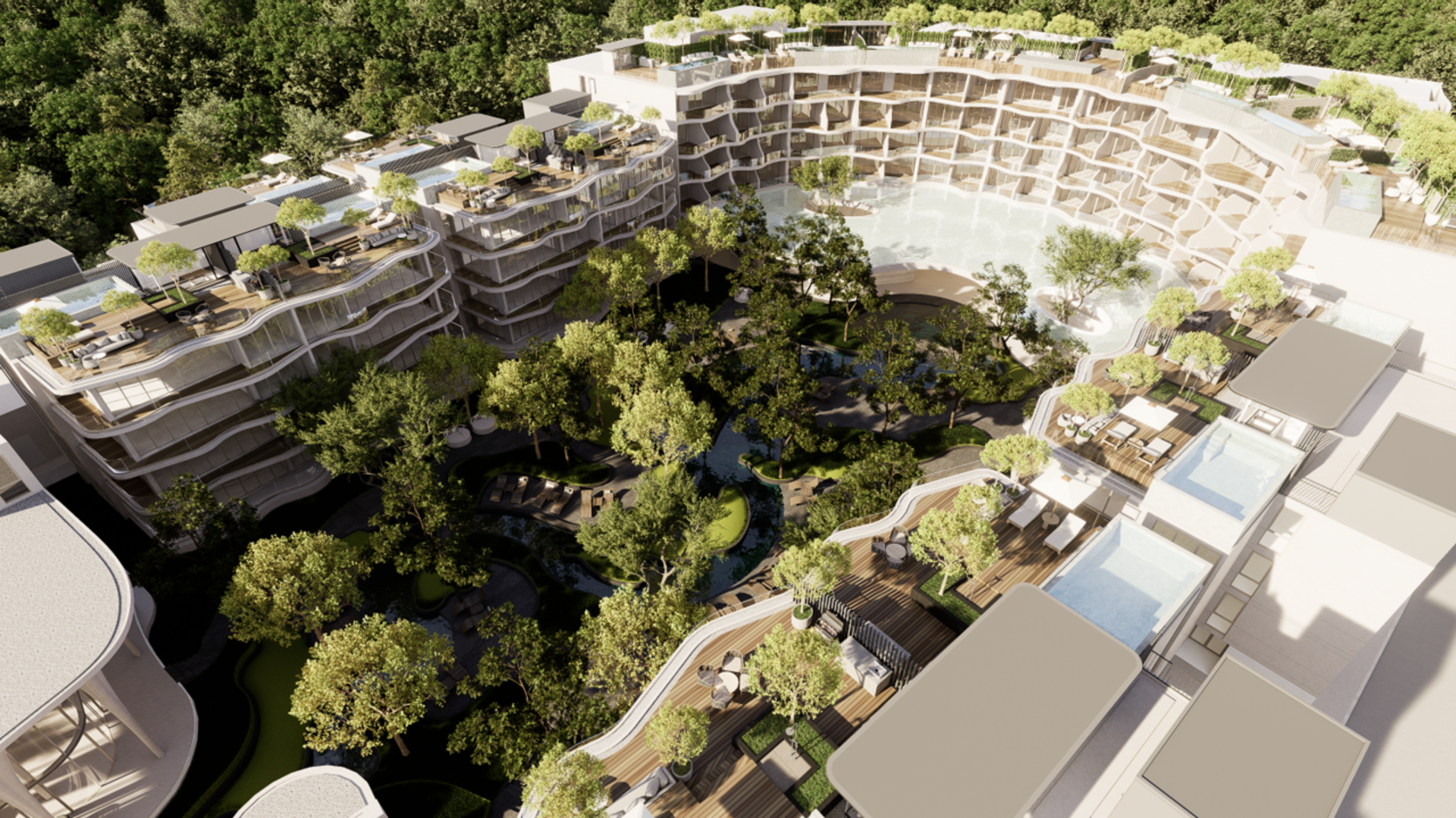



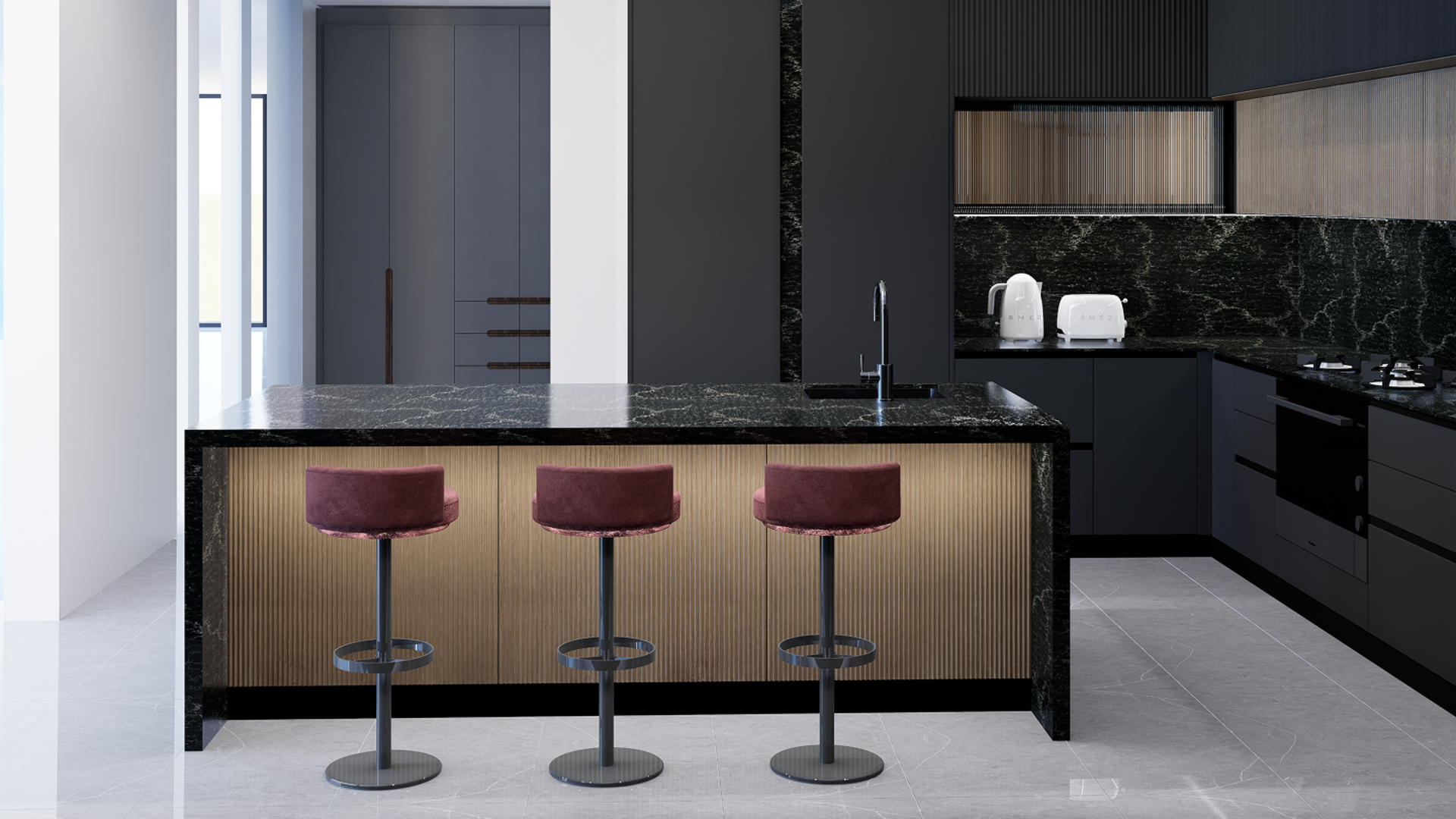
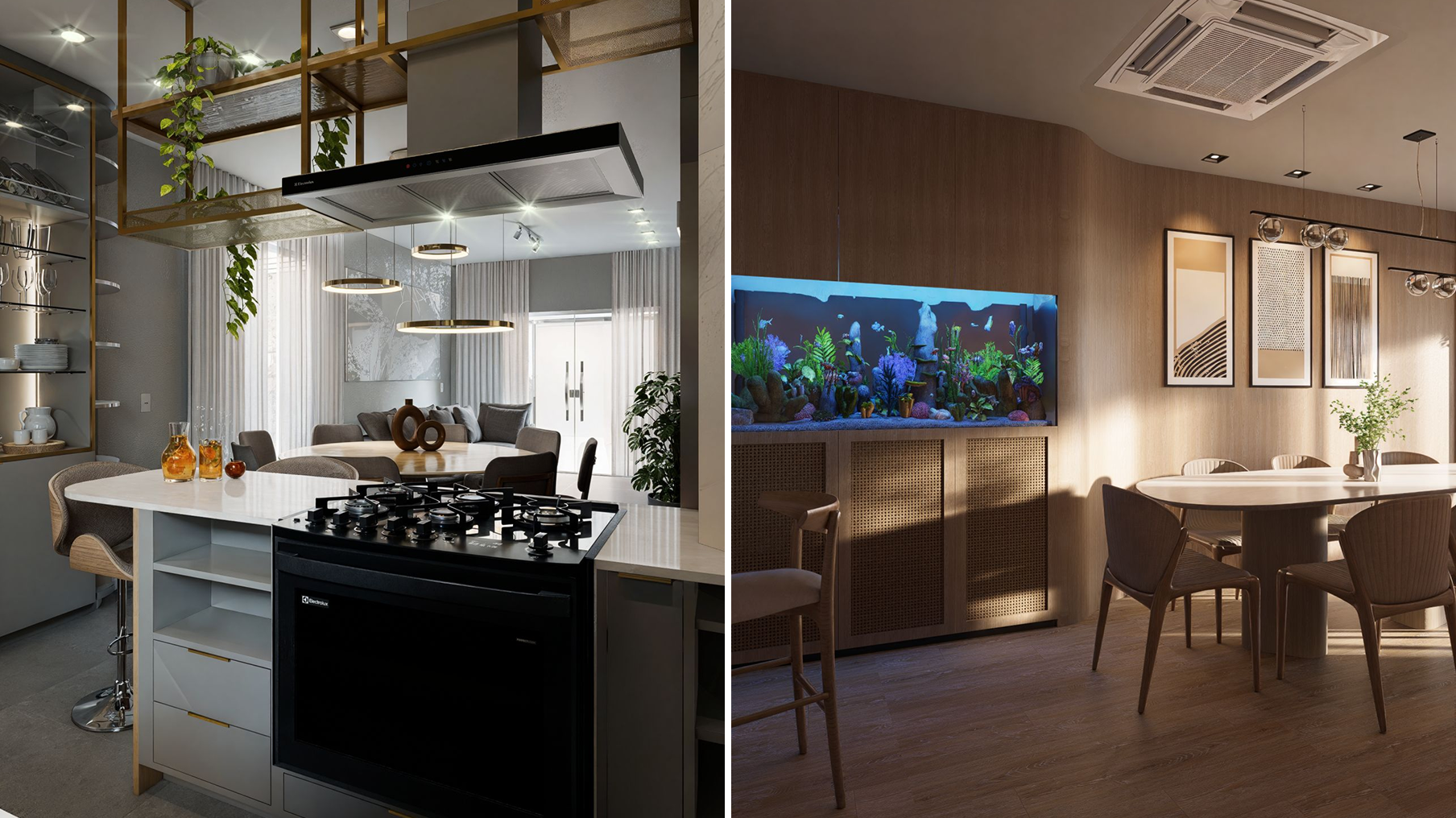








%201.gif)
